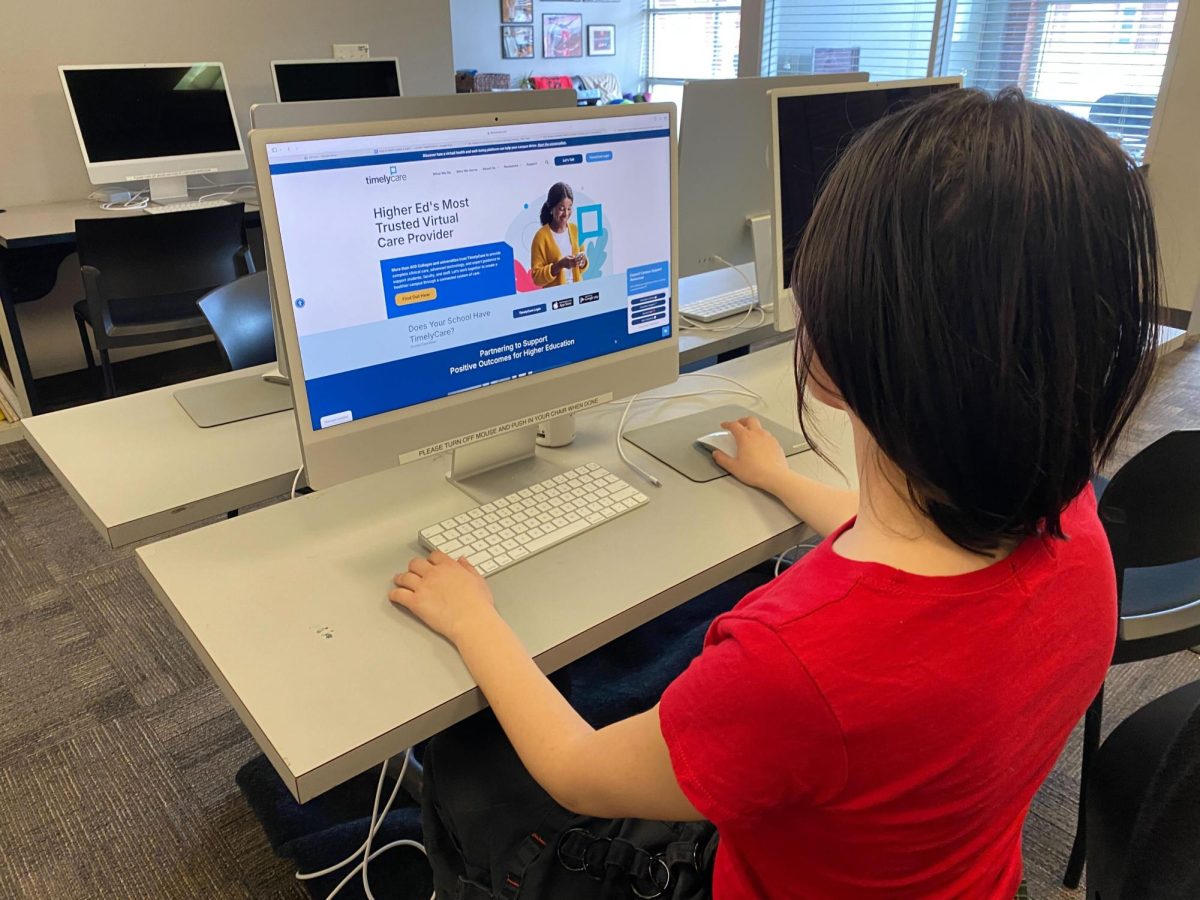Apple held an event at the Guggenhiem Museum in New York Jan. 19 to announce iBooks 2 and iBook Author, which both focus on textbooks.
Apple wants iBooks to be the solution to the digital textbooks, just like the iPad was to tablet computers and the iPod to MP3 players. If any company can make digital textbooks popular, it’s Apple.
iBooks allow students to view their textbooks on an iPad as well as annotate, highlight, watch embedded videos, and interact with graphical elements. That sounds great, especially since Pearson, McGraw-Hill and Houghton Mifflin Harcourt—which together make up 90 percent of the textbook market—are said to have partnered with Apple.
If the books are affordable and available, and more importantly if you can keep your battery charged, then iBooks can be a great tool for students.
The flaw in Apple’s new venture stems primarily from iBooks Author, the free tool that allows people to create the content for the iBookstore.
Apple’s End User License Agreement stipulates that books created with Apple’s tools can only be sold through the iBookstore. While it is possible for an author to export their book as a PDF it would not include iBook specific features. So in other words, authors are limited in their distribution if they use Apple’s tools. On top of that, Apple is going to take a 30 percent cut from each copy sold.
As of now all the books will also have access control technology, known as digital rights management (DRM), to combat copyright infringement. DRM is a controversial topic, content providers claim it is necessary to protect against copyright infringement. Those opposed claim that there isn’t evidence of DRM preventing infringement and that it just inconveniences legitimate customers.
All that means is that if you purchase the content legitimately there is a possibility of it not working, a problem that already exists with DVDs, MP3s and software that have DRM. This is actually why Apple no longer applies DRM to content on iTunes.
Another potential problem with this venture is that Apple likes to be the controlling force with its properties. They want their content to only be on their machines and they decide who get to be part of their ecosystem. As a result Apple is in a walled garden when it comes to their products, and that is part of the appeal of them.
But not everyone can afford an iPad, let alone replacements every few years when software updates surpass the capabilities of the device.
Apple really should consider opening up to reach as many people as possible on this venture. They could easily create a desktop client for Windows, after all the books are essentially interactive PDF files. After all, Apple will get paid for each book sold, more devices means more books can be sold.
But at the same time Apple does have a history of making things happen. The iPad is a giant success and it premiered to a lot of criticism and speculation. Digital music never really took off until iTunes, and not many can name a MP3 player before the iPod.
According to Trip Chowdhry, analyst for Global Equity Research, Apple sold an estimated 350,000 books in the first 3 days after a New York event. Apple has not released any figures at this time.
The true reach of iBooks will not really be seen until the beginning of the new school year.
Update: Apple has since limited its EULA to only files in the iBooks format.







